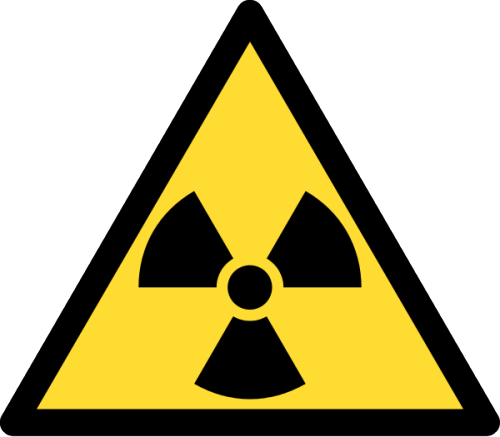
Health professionals throughout the province will partake in a world-class training program focusing on the diagnosis and treatment of patients who have been exposed to hazardous materials. The course, hosted by the Department of Emergency Medicine, will take place on September 6-7 in 2-190 Edmonton Clinic Health Academy (ECHA).
The two-day Advanced Hazmat Life Support (AHLS) course has attracted physicians, nurses, paramedics and other health professionals from across Alberta. Brian Holroyd, chair of the Department of Emergency Medicine says an exciting aspect to the event is that the co-founder of AHLS, Frank Walter of the University of Arizona, will deliver the course himself.
Holroyd adds that the course is particularly relevant in Alberta due to the amount of shipping and industry work. The ability to recognize symptoms in someone who may have been exposed to hazardous material can help emergency response teams determine, for example, the class of poison or whether it is a different form of ailment.
"Whether it's an ambulance system or doctors and nurses in the emergency department, part of the issue is that patients don't come bundled with a label," says Holroyd.
AHLS courses have gained international repute for their high quality and standardized approach to training. Walter says that AHLS courses have trained more than 15,000 health professionals in more than 60 countries since the program launched in 1999.
This is the third time that the course has been held at UAlberta. The first session, held in 2002, was the largest AHLS event up until that point in time. The 2007 session was also very successful. Holroyd says that roughly 50 people have registered for this session, which is also open to the members of the University of Calgary and the University of Saskatchewan's departments of emergency medicine.
"The university is getting mileage province-wide because we're creating value for the population of Alberta by training a spectrum of different people, not just U of A faculty and residents," Holroyd says.
Partial funding for the AHLS Public Health Agency of Canada grant through the Chemical, Biological, Radiologic, Nuclear and Explosions (CBRNE) collaborative.